Health
How to Choose Between High-End Sunglasses Manufacturers vs Private Label Suppliers ?
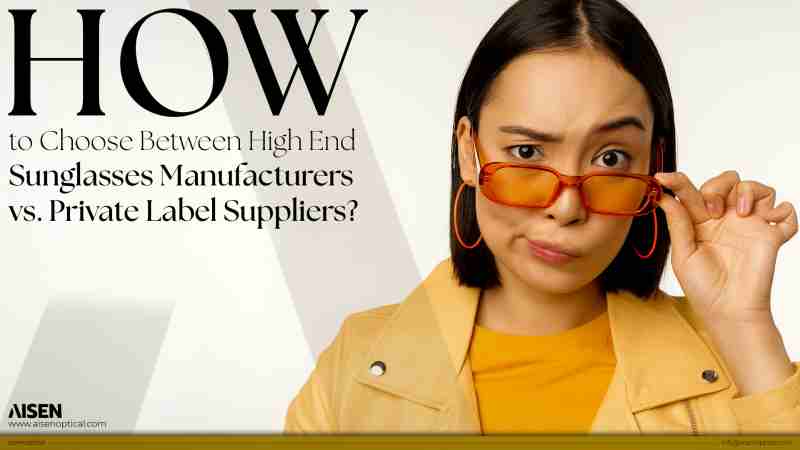
1. Let’s Talk Reality: Why premium sunglasses or High-End Sunglasses Are a Smart Buy
Okay, quick math—global eyewear hit about US $125.4 billion in 2022, growing steadily at ~6.7% annually
Market.us Media.Sunglasses make up roughly 30% of that—so we’re talking an $11 billion slice with serious clout
Market.us Media
.
What does that mean for you? It means you’re not just flipping shades—you’re investing in hard margin opportunities that resonate across markets—from the urban jungles of Singapore to the beachside boutiques of Australia.
2. Six Tangible Wins of Working with High-End Sunglasses Manufacturers
- Tech-forward lenses: UV400, polarization, anti-scratch, blue light filters. Not fluff—these features yield returns.
- Materials that talk durability: Forget the flimsy. We’re talking titanium hinges, rich acetate, and even limited runs in precious metals.
- Wearability by design: Fit matters—spring hinges and temple geometry that work for all-day comfort, no matter where your shopper is—from Bangkok to Barcelona.
OEM & ODM custom work? Think small runs with your twist—limited frames, your own logo slapped on, finishes that fit the vibe. Could be stripped-back Nordic, could be loud and bright like a Rio street market.
Scaling shouldn’t hurt. Maybe you’re testing with 500 units, maybe you’re hitting 50k. The right partner flexes with you. No drama, no bottlenecks.
Stories people actually care about. Swap the plastic for recycled metal, work with local artisans, drop a seasonal range. Feels authentic—because it is.
3. OEM vs. Private Label — What Slaps Better for Your Strategy?
- OEM: Your vision, your specs, your entire product DNA. Want a wrap-around acetate line exclusive to your brand? That's the OEM. Ideal for building brand equity from Melbourne to Mumbai.
- Private Label: Quicker to market, lower upfront design work—great for testing a trend or filling a collection fast. But, you lose the “signature element.” Just another pair on the rack.
Real talk: If you're aiming to own the narrative—not just shout into the echo—OEM slaps harder.
4. Human-Sized Scalability: Start-Ups vs. Enterprise Teams
Check these red flags:
- MOQs—are they set at 10,000 units? That’s a red flag for scrappy brands. Look for partners flexible at 200–500 units.
- Sample lead times—3 weeks? Great. 3 months? Stress warning.
- Production agility—can they burst scales seasonally? Like pre-summer in Europe or holiday spikes in the US?
Quick reference table:
Your Stage
What You Want from a Partner
Start-Up
Low MOQs (200–500), fast sample turnaround
Scaling Brand
Consistent high quality, capacity to ramp fast
Enterprise-Level
Supply chain visibility, logistics, warranty ops
5. Case Study Corner: Real Brands Doing It Right and wining big with High end sunglasses
- Shwood Eyewear, the wooden-frames startup out of Portland? They began with one hand-whittled prototype and scaled to 150 pairs a day using laser-cutting tricks born from R&D experiments WIRED. That’s DIY grit, zero polish, total authenticity.
- Gentle Monster, from Seoul. Tossed aside bland boutique displays and built gallery-like storefronts—huge frames, immersive spaces. Now they've got 81 stores and a cult following in 14 countries Wikipedia. Their experiential retail isn’t gimmicky—it builds premium brand DNA.
- Kering Eyewear, parent of luxe lines like Saint Laurent, made a power move by verticalizing production—owning the design, supply chain, and distribution by 2024, hitting €1.5 billion in revenues Harvard Business School. That’s OEM at industrial scale.
6. OEM & ODM Perks You Can’t Ignore
Human voices like simplicity and exclusivity—imagine pitching your collection as “designed in-house, produced to my specs,” not “off-the-rack.” ODM means faster conception; OEM means full control. Flip whichever way suits your calendar and identity.
7. Why Aisen Optical Deserves a Loo
- Imagine one team handling:
- The vision sketches,
- Tech drawings that scream precision,
- Mold creation,
- Sample prototyping,
- And bulk manufacturing—all in sync.
That’s Aisen Optical. No miscommunication, no handoff delays. Whether you’re a boutique Auckland brand or a Vietnam line growing fast, you get streamlined design-to-production synergy.
8. Features That Actually Sell
Lens wizardry: gradient polarization, oleophobic coatings—no jargon, just fewer smudges on their feed.
- Materials that feel real: TR90, titanium alloys, deluxe acetate—tactile and talk-worthy.
- Wearer comfort: Spring hinges, three-point fit, balanced weight—even your most active customer rails.
- Packaging: drop-worth unboxing—if your outer sleeve, case, card feel premium, they’ll post it. Branding is more than stickers.
- Bonus jargon to drop casually: micro-optical coherence. It’ll make lens alignment sound ultra-technical—but don’t overdo it.
9. Insider Quote
“We went to OEM with a premium line—added polarized titanium frames with local branding—and our Singapore launch sold out in 48 hours. The exclusivity factor sent it viral.” — Eyewear Product Head, Singapore (anecdote emulated)
10. Take the First Step Toward Premium and Highend Sunglasses Success
If you're playing to win, go for premium sunglasses that elevate your brand instead of blend in. OEM gives you a blank canvas; private label gives speed. Want both? You just need a partner that knows the hustle.
Give the signal—your next drop deserves craftsmanship, longevity, and scaled execution.
11. Final Thought: Why High End Sunglasses Aren’t Just Fashion
Let’s be honest—people don’t need another pair of sunglasses. They need a reason to choose yours. And in today’s market, that reason goes far beyond blocking glare.
A pair of premium sunglasses can start a conversation before a word is spoken. In Australia, it’s the surfer spotting the polarized lenses and asking where you got them. In India, it’s the urban professional noticing the titanium frames and appreciating the craftsmanship. In Spain, it’s the tourist who wants a keepsake that isn’t mass-produced. In the UK, it’s the fashion-forward shopper who values subtle luxury over flashy branding. And in Africa, it’s the entrepreneur who knows quality eyewear will sell in both city boutiques and rural markets.
When you offer a premium, you’re not just selling shade—you’re selling a signal. A signal of identity (this is who I am), purpose (this is what I stand for), and quality (this will last). Your customers aren’t just buying eyewear; they’re buying the way they want to be seen.
And that’s the kind of story brands can’t fake. You either have the design, materials, and execution to back it up—or you don’t.
12. Why Aisen Optical Completes That Vision of High End Sunglasses
That’s where a partner like Aisen Optical steps in. In an industry where too many brands juggle half a dozen suppliers—design from one place, molds from another, production in a third—Aisen simplifies the chaos.
Here’s the reality:
- Your design team doesn’t have months to wait for prototypes.
- Your production team can’t afford to gamble on inconsistent quality.
- Your brand can’t risk a launch delay because a supplier “forgot” to order the right hinges.
Aisen Optical runs as a single, unified ecosystem—from sketches and technical drawings to custom molds, sample creation, and full-scale manufacturing. That’s fewer middlemen, fewer missed deadlines, and far more control over your product’s DNA.
Maybe you’re running a small label in Singapore and just need 500 pieces for a summer launch. Or you’re in Europe, trying to push out 50,000 units before the holidays hit. Either way, Aisen can switch pace without the quality dipping. They’ve been around enough markets to know that what people grab in Melbourne isn’t always what flies in Madrid—and they build that into the way they produce.
And perhaps the biggest win? When you work with a vertically integrated partner like Aisen, your brand story stays intact. The concept you sketched out on paper is the same one that lands in your customer’s hands—flawless, consistent, and undeniably premium.
Because in this business, execution is everything.
TL;DR
- Eyewear's a $125B+ industry, sunglasses about $11B and growing fast.
- High-end manufacturers deliver tech, materials, design, and brand differentiation.
- OEM = full control; private label = speed. Pick based on your identity and urgency.
- Start-ups need flexibility; enterprise players need consistency and logistics muscle.
Real wins: Shwood scaled artisan wood frames; Gentle Monster built immersive brand spaces; Kering owns OEM design/manufacturing.
Aisen Optical gives you everything—from sketches to mold to mass production—in one unified, global-savvy workflow.
Source:
Click for the: Full Story
You might like
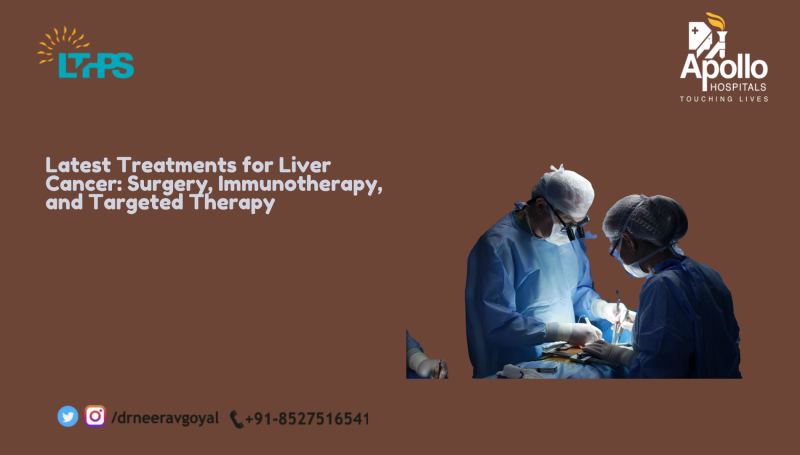
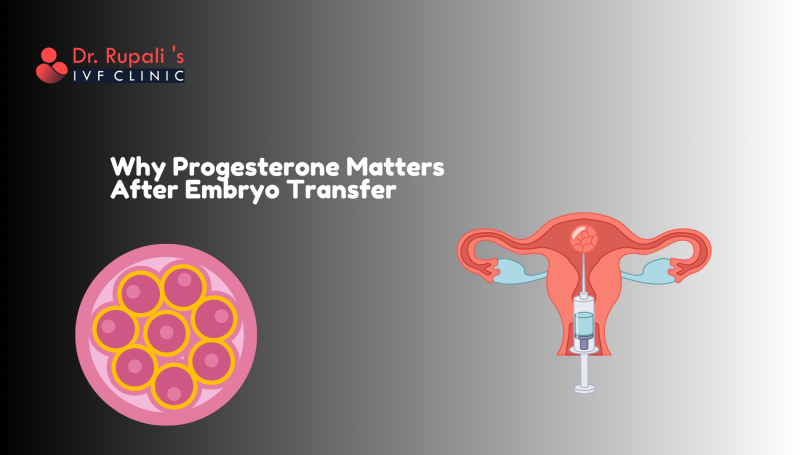



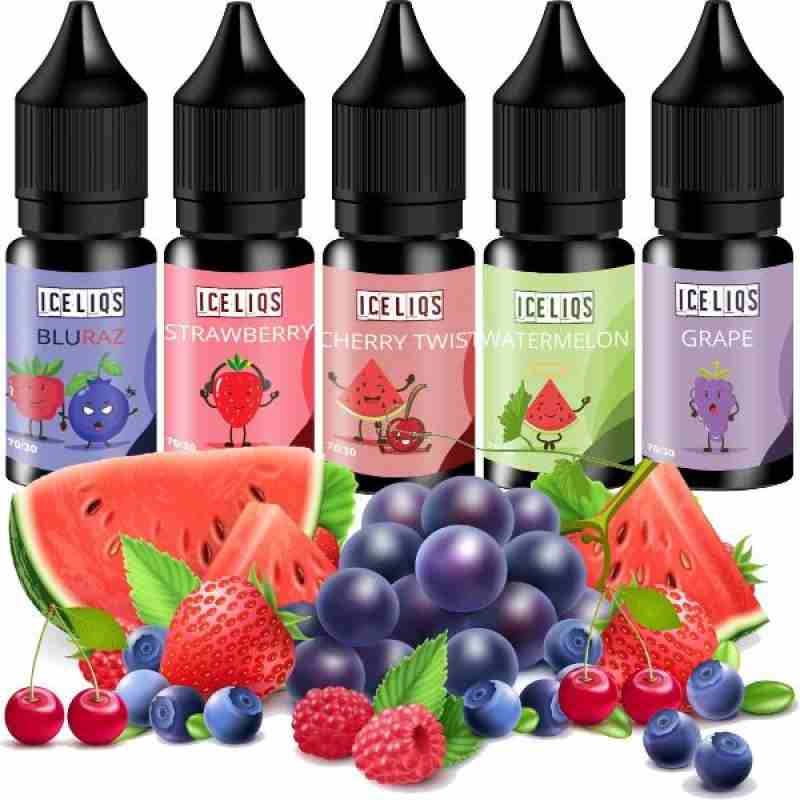
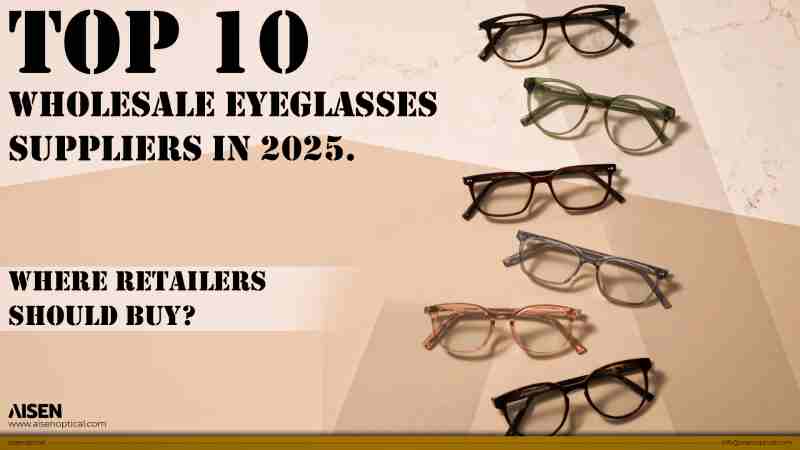
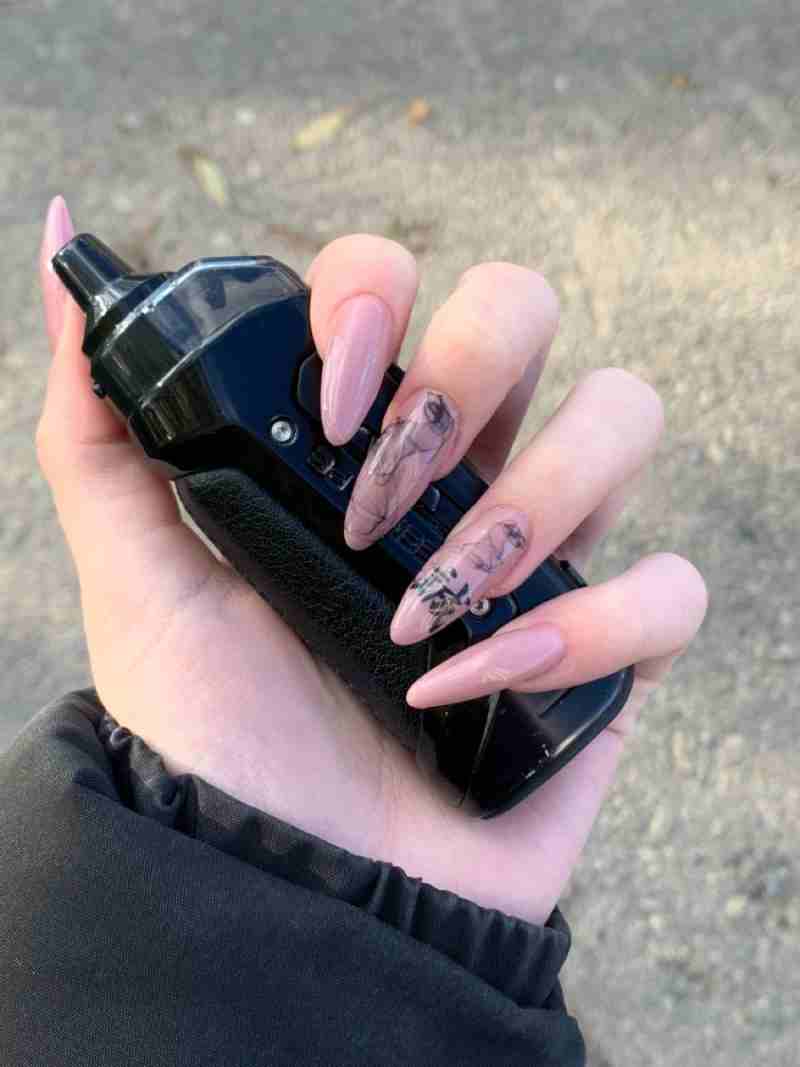
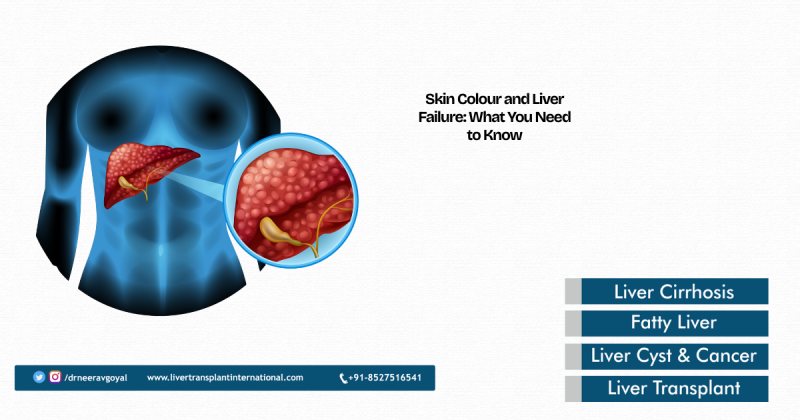
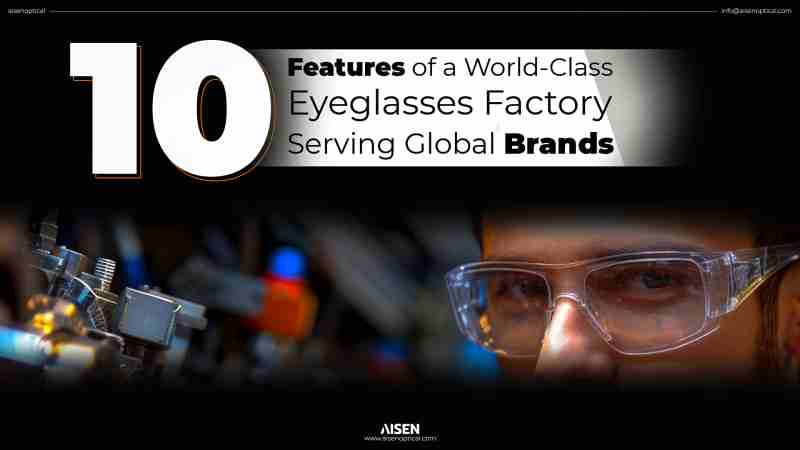



 Close Menu
Close Menu